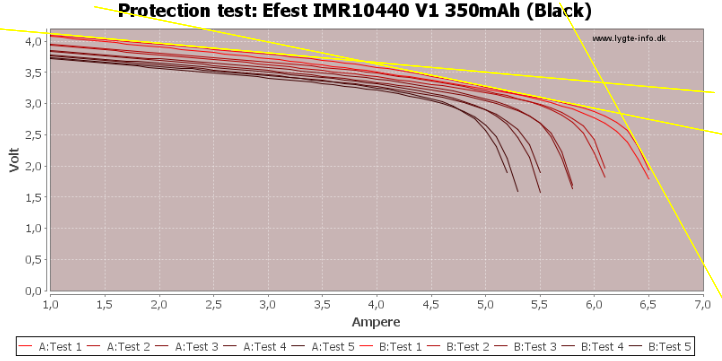LarryDFW
0
- Joined
- Dec 6, 2008
- Messages
- 1,581
- Points
- 63
Cube777;
The resistance of quality new 18650 cells,
should be much lower than what you read.
Make sure the wire leads are heavy enough to carry the current,
without adding to the resistance readings.
LarryDFW
The resistance of quality new 18650 cells,
should be much lower than what you read.
Make sure the wire leads are heavy enough to carry the current,
without adding to the resistance readings.
LarryDFW






